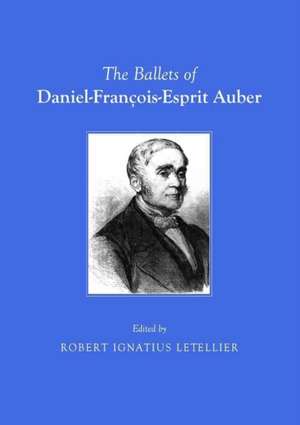The Ballets of Daniel-Franaois-Esprit Auber
Editat de Robert Ignatius Letellieren Limba Engleză Paperback – 31 iul 2011
Preț: 370.71 lei
Nou
Puncte Express: 556
Preț estimativ în valută:
70.95€ • 73.50$ • 59.21£
70.95€ • 73.50$ • 59.21£
Carte indisponibilă temporar
Doresc să fiu notificat când acest titlu va fi disponibil:
Se trimite...
Preluare comenzi: 021 569.72.76
Specificații
ISBN-13: 9781443829878
ISBN-10: 1443829870
Pagini: 250
Dimensiuni: 206 x 290 x 20 mm
Greutate: 0.72 kg
Ediția:New.
Editura: Cambridge Scholars Publishing
ISBN-10: 1443829870
Pagini: 250
Dimensiuni: 206 x 290 x 20 mm
Greutate: 0.72 kg
Ediția:New.
Editura: Cambridge Scholars Publishing
